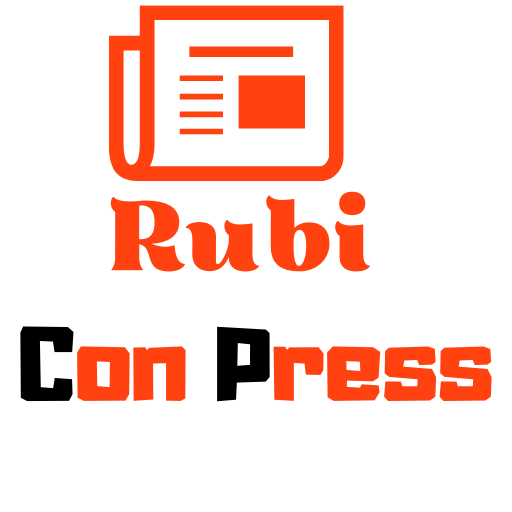The m1 money supply is a combination of the m2 money supply, which is the money that we save and invest, and the m3 money supply, which is the money that we spend. The m1 money supply is comprised of m2, m3, and m4 money. m2 is money that we hold in our own checking account, m3 is money that we borrow from a bank, and m4 is money that we invest.
m3 is the money that we can borrow from the bank, m2 is the money that we can get from a checking account that we are currently holding, and m1 is the money that we can invest.
The m3 money supply is very important because it’s the money that we can spend that we have to pay for the things we already have. Money that we can invest is important because we don’t have to pay for anything we don’t have to pay for. As you see from this chart, when we have m2 money, the cost of everything we have is the m2 money.
As most economists will tell you, m1 is the most difficult money to understand. It is money that we have, and we have to pay for it using m2. Money that we can invest is important because having money that we can invest means we dont have to pay interest on our investments.
An important characteristic of m1 money is that it is a “floating” money supply. That is, it is money that does not exist in an account and can be spent on any time you like. That way you can spend it at any time you like without penalty, since m2 money can be spent at any time you like.
The m1 money supply has two important characteristics: floating and interest-free. Floating m1 money has a stable value, which means that when you need to buy something, it will cost you exactly m1. Floating money is also non-inflationary, meaning that it will remain the same in value for as long as there are m1 in circulation.
Floating money is what makes it easy to use a debit card to pay for things. Most banks will not charge you interest for using a debit card, but you will have to pay a fee for using a credit card. The fees are a few pennies more than the usual fees for debit cards, but the m1 bank fees are much more than the m1 credit card fees, so the bank’s net margin is much higher for debit cards.
Floated money can be used anywhere – it’s like cash in some countries.
The difference is that credit card fees are a flat fee per transaction, unlike debit card fees, which are a percentage fee per transaction. For example, with a credit card, a $100 purchase would net $99.99, while with a debit card, a $100 purchase would net $99.99, so the credit card fees are $0.00, and the debit card fees are $0.25.
The difference is that credit card fees are a flat fee per transaction, whereas debit card fees are a percentage fee per transaction. For example, with a credit card, a 100 purchase would net 99.99, while with a debit card, a 100 purchase would net 99.99, so the credit card fees are 0.00, and the debit card fees are 0.25.
